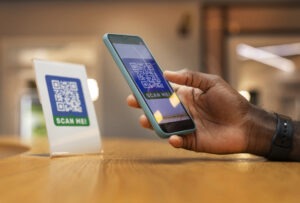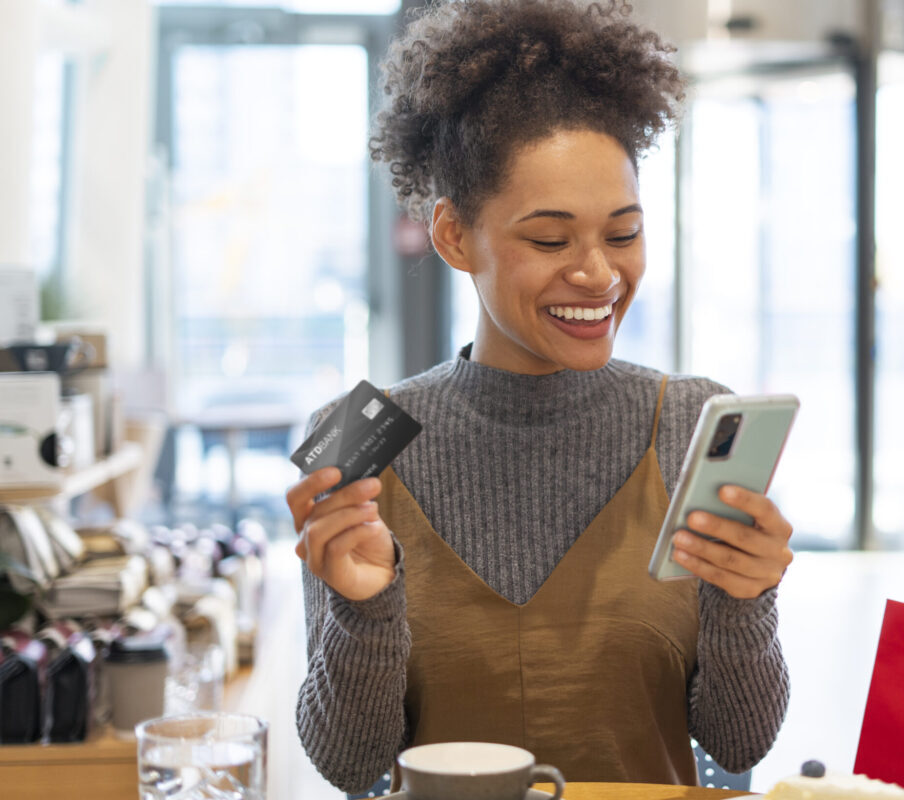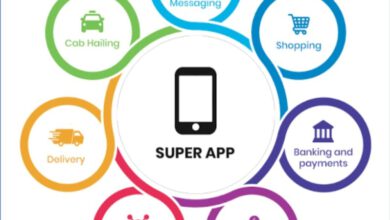Payment Preferences Among Urban Youth
Every morning, Ada stops by her favorite café on her way to work to buy chilled coffee. “Cash or transfer?” the barista asks as she reaches for the cash. “I am used to online banking; it saves me from those long bank queues,” Ada responds with a smile.
Cash was once king, but those days are long gone, especially among today’s youth, as the transition to digital wallets and smartphone apps has taken over the internet. So in order to comprehend this payment preference, we will take you back in time to the beginning of the shift and explore the different payment preferences of the customer.
Look at how it began.
It began twenty years ago when SMS-based mobile banking services began to appear in the late 1990s and early 2000s. Paying with your phone seemed like a glamorous new thing that only the elite or well-off could use. Today, however, even the suya vendor at the intersection of Ijagba Road has a sign that says, “Transfer accepted here.”
The widespread use of smartphones and the increasing discomfort with misplaced cash, counterfeit money, and long bank queues were the first reasons youth turned to mobile banking. Fintech intervened to address this problem by finding us a way to transfer money quickly, more securely, and with the least amount of drama from bank.
Furthermore, the Nigerian government initiated an adventurous cashless strategy in 2022 to update the payment system and entice people to switch from cash to electronic payments. For many people, what started as a policy swiftly blossomed into a new way of life.
However, Nigeria is not the only country exhibiting this trend. According to breaking news from This day, up to 80% of customers now use Google Pay for routine transactions in nations like Poland and India; payments have moved from pockets to screens.
For today’s youth, becoming cashless is about convenience, speed, and trust, not just technology. This lifestyle choice is a reflection of what we call staying with the latest trend and be techsavvy.
What are the most popular forms of payment?
Have you ever been stranded due to an unreliable ATM before? If so, you understand how annoying it can be. I can also relate, but since that incident, I have begun my journey with Kuda and Opay when paying my bills.
On this particular day, I got so lost that I had to call for assistance. Life moves fast in Lagos, where individuals are constantly switching between modes of transportation. Being stuck on an island in the middle of all that chaos could leave you forever changed.
Digital payments, fortunately, provide an alternative. For instance, you may use the app to order an Uber and select from payment methods, including credit cards and e-wallets. So that you don’t have to pay by cash, giving it a smooth and easy trip.
Mobile Wallets
Consumers’ need for convenience and speed is driving a move toward mobile wallet payments. 32% of mobile wallet users say they would prefer to pay using their cellphones all of the time. Furthermore, mobile wallets are stored in a mobile device that must be unlocked using a passcode, face authentication, or fingerprint scan before completing a payment. If a smartphone is lost or stolen, the mobile wallet provider allows users to wipe data remotely. They also offer rapid transfers around the clock; the youth can now resort to them at any moment. A few well-known examples include Kuda, Moniepoint, Opay, and PalmPay.
QR Code Payments

Paying with a QR code involves scanning the printed invoice that is presented, entering the quantity of the items you have purchased, and then making your payment. Compared to paying with cash, it provides greater flexibility, and it is widely used by large cafes, restaurants, and shops.
Bank Mobile Apps
Mobile apps are used mostly for formal payments. Urban youth use them more cautiously due to slower processing speeds, occasional downtimes, and higher charges compared to wallets. E.g., GTWorld, AccessMobile, Zenith Bank App, First Bank
Cryptocurrency
The majority of youth who are into it and have been paid in other currencies use this form of payment for transfers and savings; examples of cryptocurrencies include Bitcoin, Ethereum, USDC, and others. It uses a digital payment system rather than banks to verify transactions.







